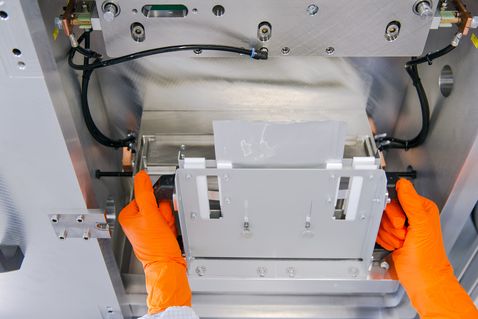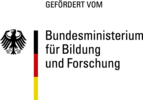Cell-Fi - Acceleration of electrolyte absorption through optimized filling process
Due to their capacity and specific energy, lithium-ion cells are already used today in both mobile and stationary applications and are regarded as enabling the energy transition. Research on lithium-ion technology pursues the medium to long-term goal of substituting fossil fuels. To achieve this, the production costs of the cells must be further reduced in order to economically produce lithium-ion batteries, among other things. In the process chain, filling the cells with electrolyte fluid is the interface between cell assembly and formation. The filling process step includes dosing and wetting. During dosing, the electrolyte liquid is added to the cell, whereupon the wetting of the electrodes and separators begins. Despite the great influence on the production costs and the quality of the cells, filling, which should lead to complete wetting of the cell components with electrolyte liquid, is a somewhat understood process step. The aim of Cell-Fi is to develop economic processes for filling the cells with electrolyte fluid. Eminent for this is the reduction of the time span between the start of the dosage and the conclusion of the betting. This leads to the primary goal of the project: The throughput time of a cell in the dosing and wetting area is to be reduced by 50 % within the project. The basic prerequisite for targeted process optimization is a methodically structured and described process understanding for the clear identification of influencing parameters and their effects. The macroscopic effects during dosing as well as the microscopic effects during wetting and the interaction of the two processes are examined intensively. Another subgoal is the development of simulation models of the filling process in order to make predictive predictions about the processes. The expected results of the project are detailed knowledge,
- how the absorption of the electrolyte liquid can be accelerated by process parameters,
- how the porous structures must be designed for ideal wetting and
- which interactions exist between product, process and plant.
Finally, a decision tool for process and product design is planned to support potential users.

